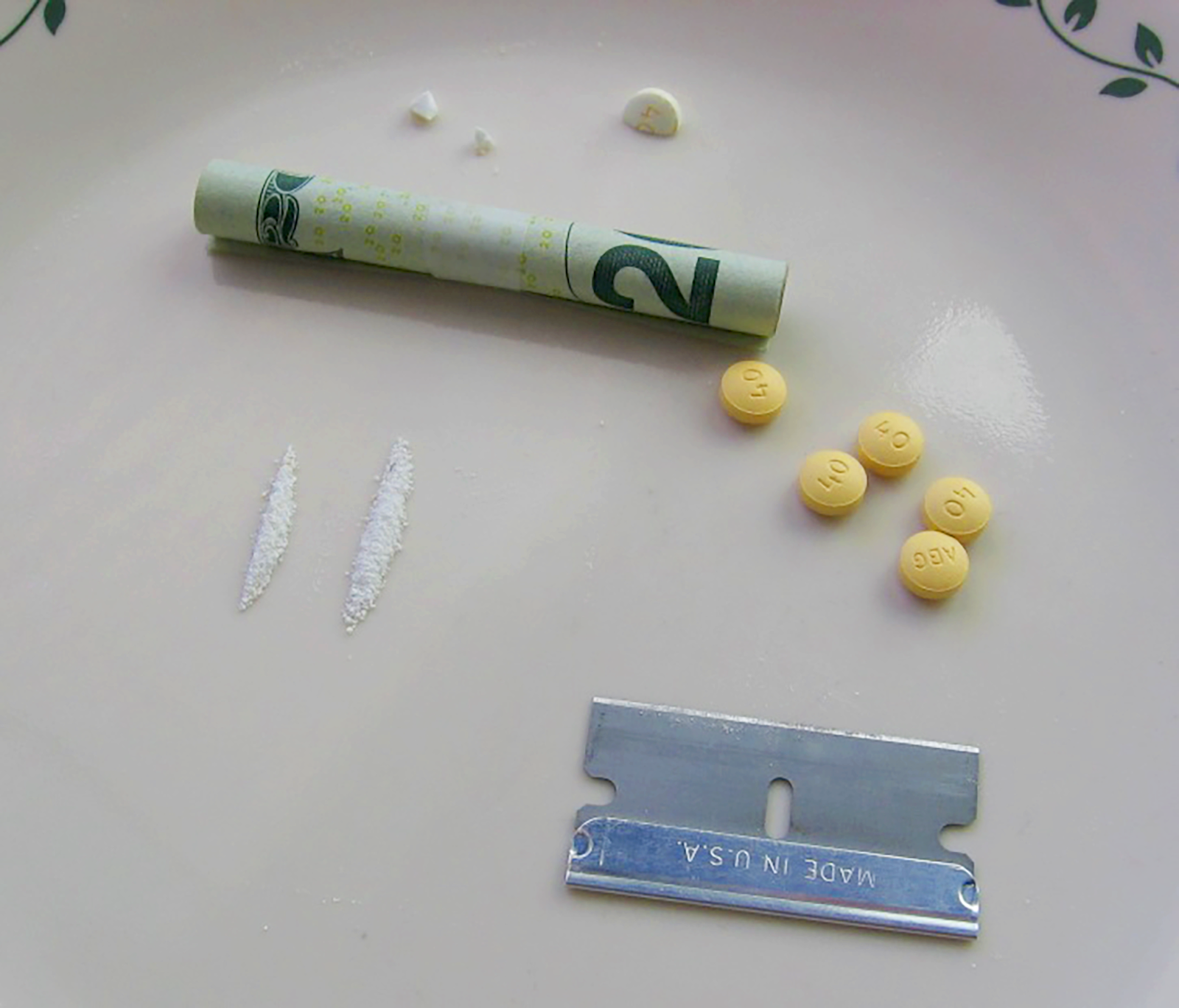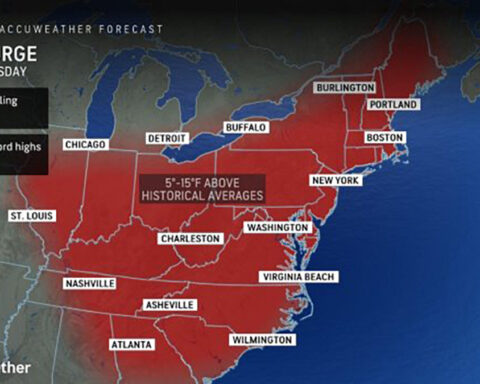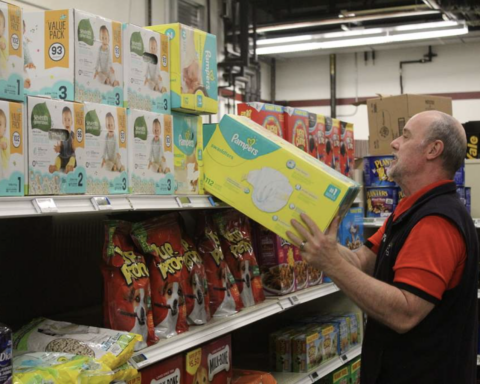Berkshire County fatalities, in promising sign, declined by 22.6%

In a disheartening turn of events, preliminary data released Thursday by the Massachusetts Department of Public Health (DPH) reveals a 2.5 percent increase in opioid-related overdose deaths in 2022 compared to the previous year. The most concerning aspect is the disproportionate impact on Black, non-Hispanic residents, who experienced the largest increase in overdose rates.
The confirmed and estimated opioid-related overdose deaths in 2022 totaled a staggering 2,357, surpassing the previous peak in 2021 by an estimated 57 deaths. However, there is a glimmer of hope as the data also indicates a 7.7 percent decrease in overdose deaths for the first three months of 2023 compared to the same period in the previous year, with an estimated 44 fewer deaths.
People of Color Disproportionately Opioid Victims
When examining the data closely, it becomes apparent that non-Hispanic Black residents bore the brunt of this crisis. The opioid-related overdose death rate among this group skyrocketed by 42 percent, climbing from 36.4 to 51.7 deaths per 100,000 residents between 2021 and 2022. Delving deeper, it is troubling to note that non-Hispanic Black men experienced the highest increase in opioid-related overdose death rates among males from all racial and ethnic backgrounds. Their death rate soared by 41 percent, rising from 56.4 to 79.6 deaths per 100,000. Non-Hispanic Black women also suffered greatly, with a 47 percent increase in their death rate, from 17.4 to 25.5 deaths per 100,000.
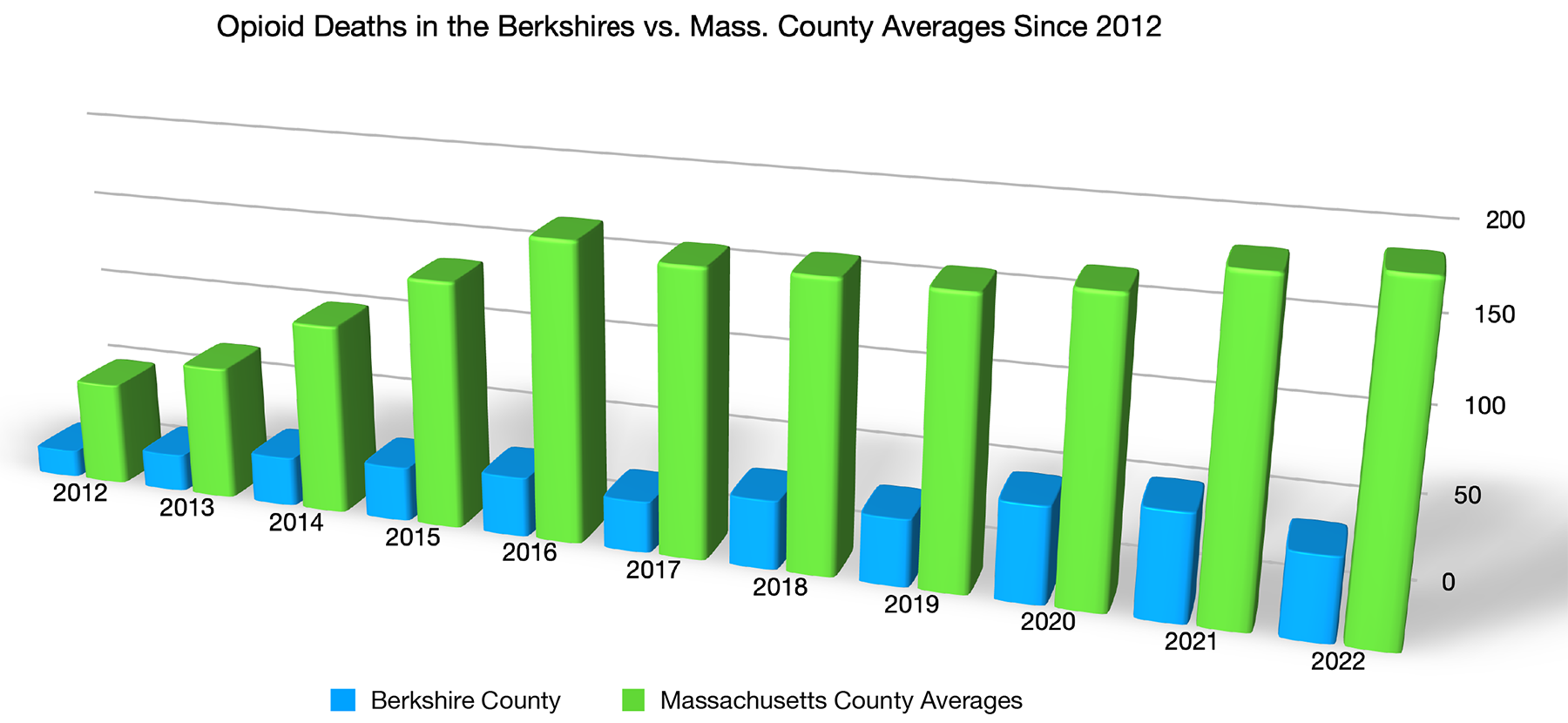
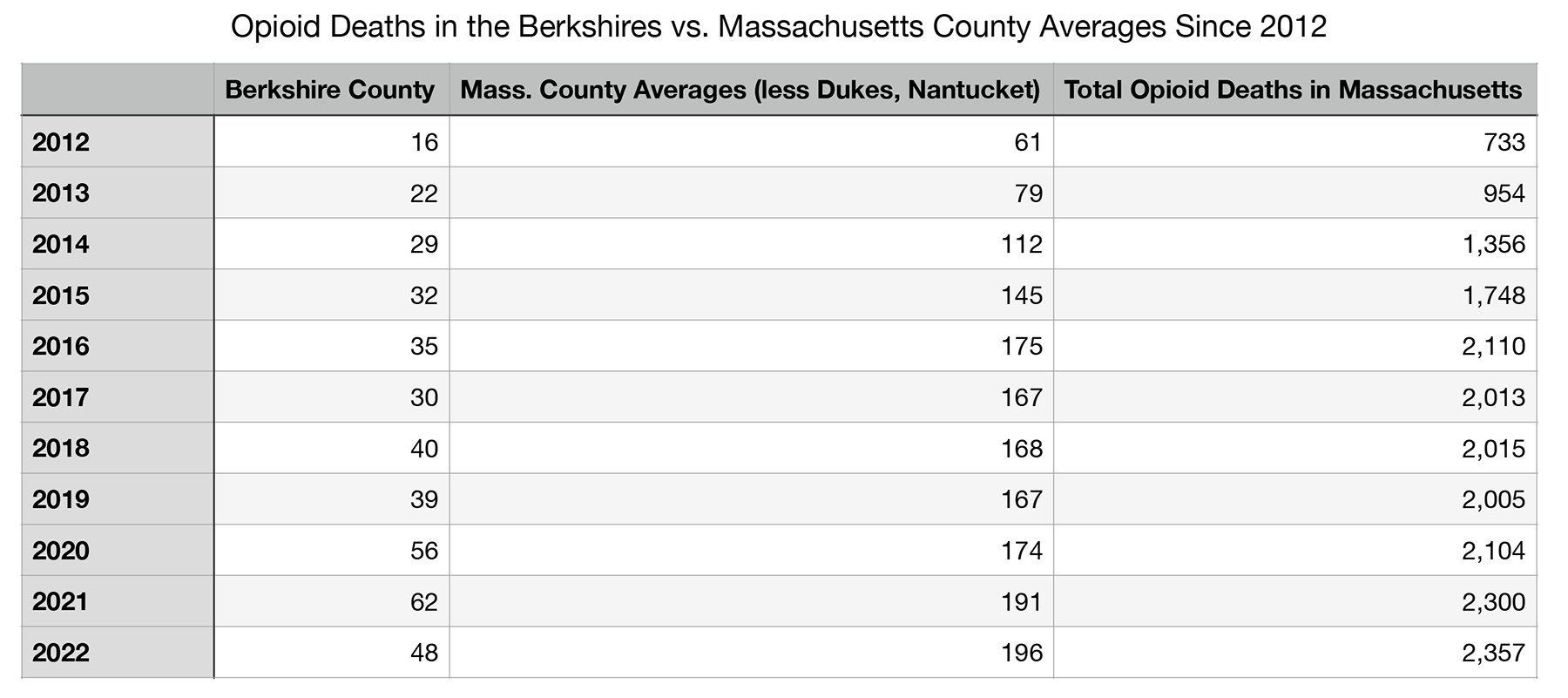
“As Attorney General, I made combatting the opioid crisis a top priority, and that commitment continues as Governor while we work to provide individuals and communities with the support they need for treatment, prevention and recovery,” said Governor Maura Healey. “Too many Massachusetts families, particularly families of color, have been impacted by this crisis, and in order to effectively respond, we need to address the gaps in the system by advancing long-term solutions that include housing, jobs, mental health care and more resources for our cities and towns.”
The Healey-Driscoll Administration is attempting to address this crisis by prioritizing opioid prevention efforts. Their focus lies in providing communities with the necessary resources to support a wide range of substance use programs, including those centered on behavioral health and homelessness. To this end, the Administration’s Fiscal Year 2024 (FY24) budget proposes a substantial investment of over $600 million for substance addiction prevention and treatment programs. These funds will bolster critical services such as expanding outpatient programs, enhancing access to crisis stabilization services in communities and emergency departments, and strengthening the continuum of care in inpatient settings.
Healey, who prioritized combating the opioid crisis as Attorney General and continues to do so as Governor, expressed her commitment to providing support for treatment, prevention, and recovery. She acknowledges that the crisis has disproportionately affected Massachusetts families, particularly families of color. To effectively respond, Governor Healey believes it is imperative to address the system’s gaps by advancing long-term solutions that encompass housing, employment, mental health care, and allocating more resources to cities and towns.
Agencies at Multiple Levels Must Cooperate
Lieutenant Governor Kim Driscoll emphasized the need for a collaborative response between the state and municipalities, recognizing that the opioid crisis impacts communities across Massachusetts.
“We know that the opioid crisis impacts communities across Massachusetts and requires a collaborative response between the state and municipalities,” said Driscoll. “By investing in supports at the local level, including increasing access to crisis stabilization services in the community, we will be able to support people where they live, and where their families and communities can support them in their treatment.”
The Commonwealth is committed to expanding existing substance use disorder treatment and overdose prevention initiatives. A key aspect of this effort is the increased access to the overdose-reversal drug naloxone. Massachusetts has surpassed and intends to surpass federal naloxone “saturation” goals, ensuring that communities have sufficient naloxone to prevent overdose deaths resulting from a lack of medication access.
Naloxone Kit Distribution Program Yields Life-Saving Results
Since 2020, the Massachusetts Department of Public Health (DPH) has distributed nearly 300,000 naloxone kits to various entities including harm reduction programs, opioid treatment providers, community health centers, hospital emergency departments, and county houses of correction. This distribution has witnessed an impressive annual increase of approximately 40 percent. To underscore its dedication, the DPH has significantly increased its investment in naloxone by over 140 percent in recent years, with funding jumping from $2.9 million in 2018 to $7 million in 2022.
To enhance the distribution of naloxone to community members across the state, the DPH launched the Community Naloxone Purchasing Program in May 2022. This program aims to increase access to free naloxone by partnering with organizations that can distribute it directly to those in need.
In response to the alarming rise in opioid-related overdose deaths, the DPH recently released an advisory urging all healthcare providers to increase the availability of naloxone kits and ensure that their staff is trained in dispensing and administering naloxone to anyone who may require it. Furthermore, retail pharmacies in Massachusetts are encouraged to continue dispensing naloxone without a prescription, thanks to a statewide standing order. This approach aims to empower individuals, especially those who are in close proximity to individuals at high risk of overdose, to carry and be knowledgeable about naloxone, a crucial tool in preventing severe harm and fatalities resulting from overdoses. Individuals at high risk include those consuming high doses of prescription opioids, individuals misusing prescription opioids, and those using illicit opioids or other drugs, which may be contaminated with the potent opioid fentanyl.
“We understand that to address the opioid crisis, we need to prioritize overdose death prevention while simultaneously investing in comprehensive supports for those dealing with substance use disorder, to ensure they have every opportunity for recovery,” said Secretary of Health and Human Services Kate Walsh. “We have to lean into the disparities we see in impacts on Black residents and target our interventions accordingly. Challenges like housing, hunger, and accessing education, behavioral health treatment and transportation need to be addressed in concert with substance use treatment in order to turn the tide of this epidemic.”
The Commonwealth’s proactive steps in expanding naloxone access reflect its commitment to curbing the opioid crisis. By ensuring widespread availability and equipping individuals with the necessary tools to respond to overdoses effectively, Massachusetts hopes to save lives and combat this devastating epidemic.
“The increase in opioid-related overdose deaths is a tragedy and alarming,” said Department of Public Health Commissioner Robert Goldstein, MD, PhD. “We know overdose deaths are preventable. The pandemic has had a devastating impact on mental health and substance use, especially among marginalized communities. We are working to reverse these troubling trends by continuing to build on our data-driven and equity-based approaches toward responsive support and treatment.”
Key Points and Interventions:
- The opioid-related overdose death rate in Massachusetts increased to 33.5 per 100,000 people in 2022, 2.5 percent higher than in 2021 (32.7 per 100,000) and 9.1 percent higher than the pre-pandemic peak in 2016.
- Since August 2022, DPH has distributed about 275,000 rapid fentanyl test strip kits at no cost to providers and community organizations and plans to expand distribution in the coming year. Single-use fentanyl test strips help reduce the chances of overdose by allowing people who use drugs to test their supply prior to consumption to determine if it is tainted with fentanyl.
- Fentanyl was present at a rate of 93 percent of fatal opioid overdoses in 2022 where a toxicology report was available. Cocaine was present in 53 percent of toxicology reports, a 4 percent increase over 2021. Alcohol was present in 28 percent, benzodiazepines in 27 percent, prescription opioids in 11 percent, amphetamines in 9 percent, and heroin in 6 percent. Xylazine was present in 5 percent of opioid-related overdose deaths from June to December 2022 where a toxicology screening was available.
- 47 percent of all opioid-related overdose deaths were between 25 and 44 years old; 43 percent were between 45 and 64 years old.
- Males comprise 72 percent of all opioid-related overdose deaths in 2022.
- In the first three months of 2023, males aged 35-44 accounted for the greatest number of suspected opioid-related incidents with a known age and sex treated by Emergency Medical Services (EMS) at 19.4 percent. This marks a shift from prior years where the greatest number of incidents occurred among males aged 25-34.
- Naloxone was administered in 97 percent of acute opioid overdoses occurring in the first three months of 2023.
- Using federal funds, DPH continues to increase investment in 29 opioid addiction treatment programs across the Commonwealth to expand services aimed at reaching historically underserved or hard to reach populations, including those in the hardest-hit communities like Boston, Lawrence, Lynn, Springfield, and Worcester.
- DPH’s ongoing investments in temporary and permanent low-threshold housing for homeless or housing unstable individuals struggling with substance use disorder have led to the placement of more than 400 people so far. Using funds from the state’s Opioid Recovery and Remediation Fund, DPH expects to increase low-threshold housing units statewide from 394 to 761 and is on track to house more than 500 people by the end of FY24.
- The largest overdose death increases in 2022 were seen in Worcester County (18 percent, from 281 to 331) and Plymouth County (14 percent, from 167 to 190).
- The most rural communities had the highest opioid-related overdose death rate in 2022 at 36.1 deaths per 100,000 residents.
- The following cities and towns experienced a notable decrease in opioid-related overdose deaths in 2022 compared with 2021: Gloucester, Haverhill, Norton, Salem, and Taunton.
- The following cities and towns experienced a notable increase in opioid-related overdose deaths in 2022 compared with 2021: Lawrence, Leominster, Lynn, Springfield, Waltham, Weymouth, and Worcester.

